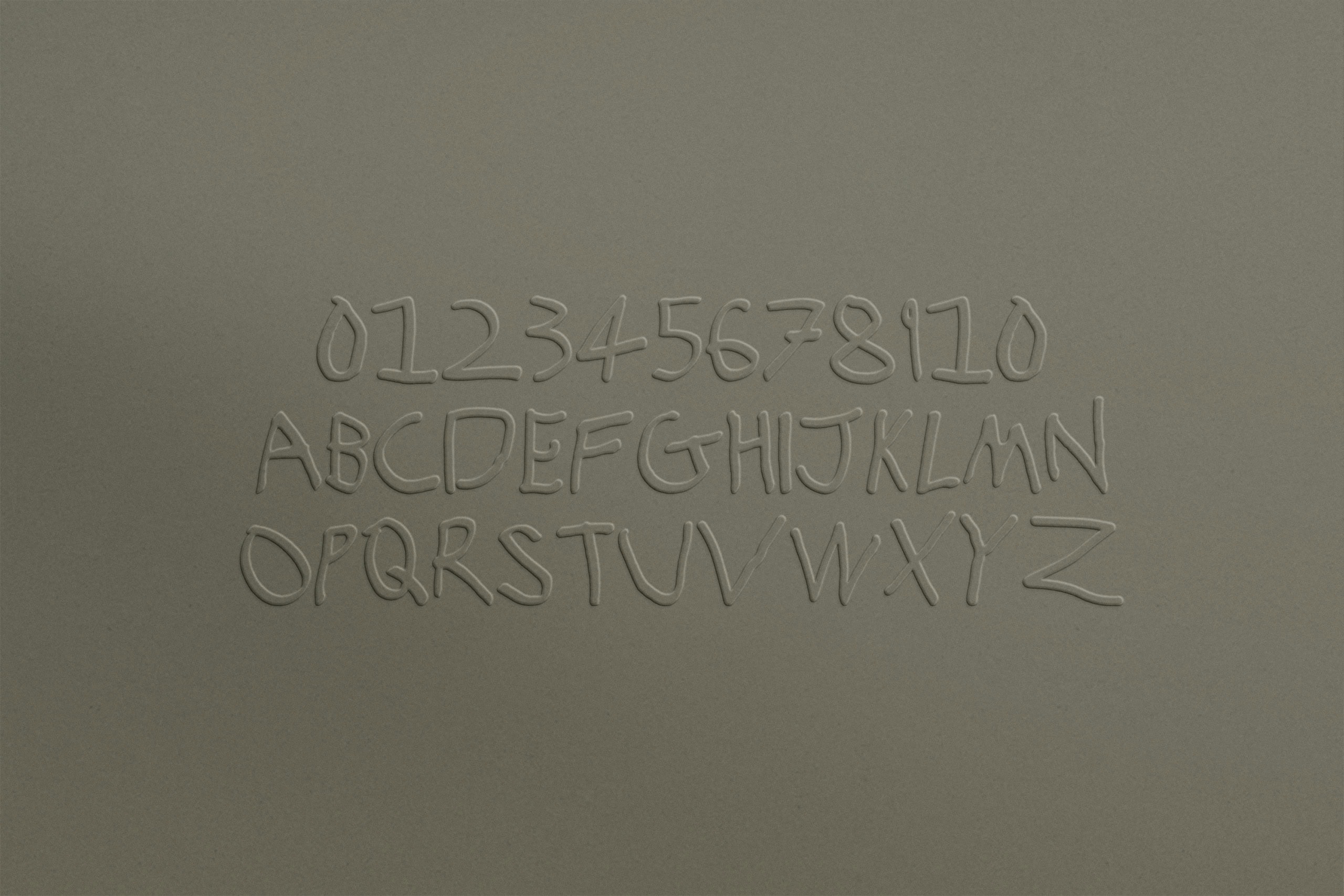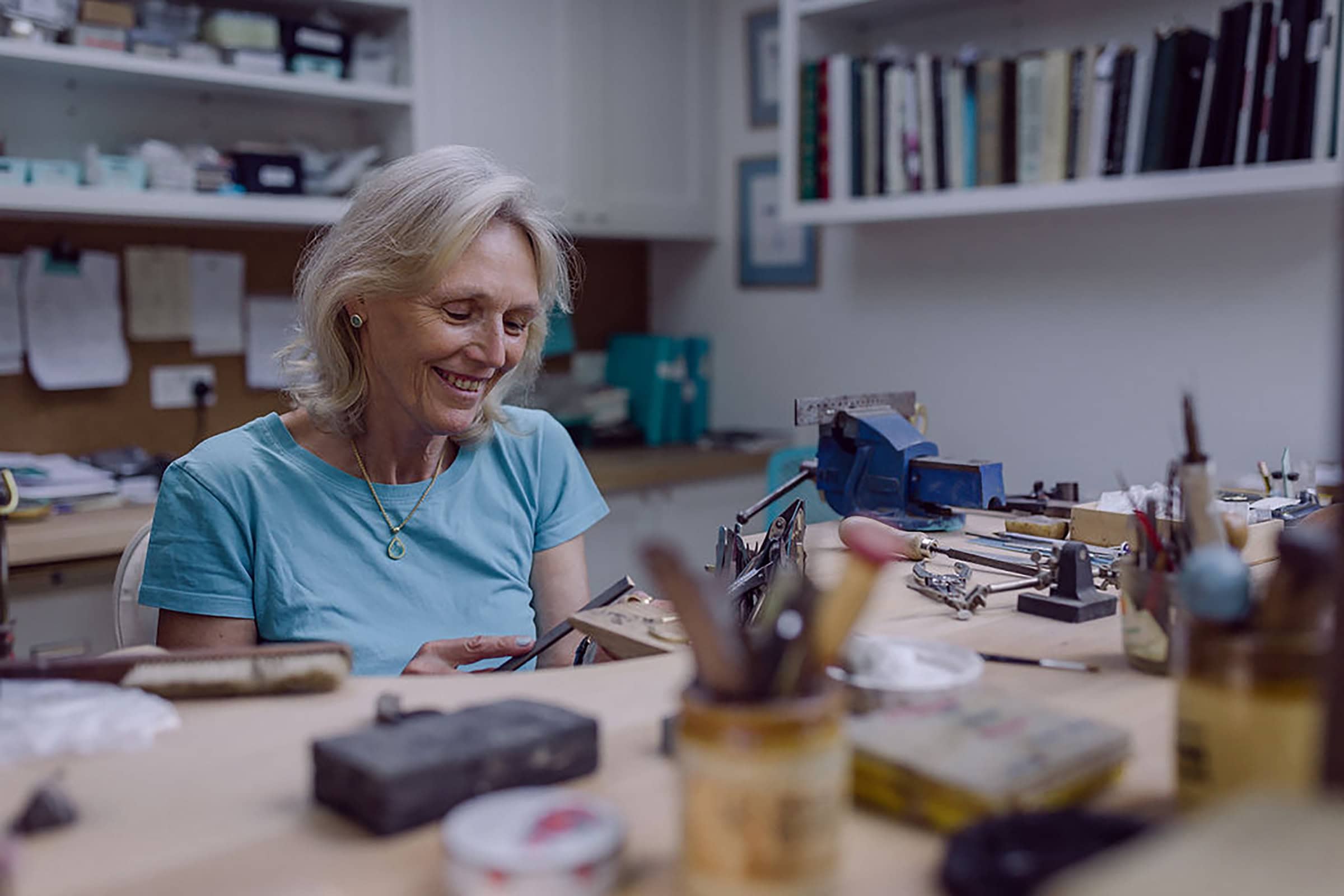Co-Founders Adam and Peter take in the Design Maker User exhibition at the new Design Museum in Kensington, London.
At March we regularly take time out of our busy schedules to immerse ourselves in inspiring and provocative surroundings. It’s great for downtime and provides an effective environment for generating new, high quality ideas.
This week we ventured over to the Design Museum in Kensington High Street, London. The new venue was opened on November 24th, 2016, in a wonderfully engineered and stunning £83million, 10,000sqm premises.
The museum provides a space to explore the creations and designs that have shaped our world over the last 100 years. And what a space it is. The museum’s atrium, designed by John Pawson, is a spectacular geometric structure, sheltered by the original Commonwealth Institute’s hyperbolic paraboloid roof. The interior design is ringed by ascending walkways which allow easy access on multiple levels to the museum’s key facilities such as restaurants, exhibits and meeting rooms.
The main material is oak which gives a lovely warm atmosphere and helps soften the acoustics of the building. One of the first things that hits you as you enter the foyer is the smell of oak in the air. I’m hoping this is something which lasts as it adds an extra dimension to the sensual experience, but I suspect over the years that will fade.

Designer Maker User
For the first time in its 27 year history, the Design Museum now hosts a permanent exhibition that explores the design experience through three interconnected roles; the designer, the maker, and the user.
The bold colourful collection features almost 1000 items of twentieth and twenty-first-century design, featuring various design disciplines ranging from architecture and engineering to digital, fashion and graphics. Included in Designer Maker User is a wall of 200 crowdsourced curios, which was the result of an online survey asking the public to suggest items that they felt were most innovative.

A particularly interesting section included transportation related design including the iconic London Underground Map designed by Harry Beck in 1933, as well as the unified British road signage system devised and designed by Jock Kinneir and Margaret Calvert between 1957 to 1967. Prior to their groundbreaking work, councils across the UK would produce road signage based on their own set of rules using text rather than graphics to give direction and indication.

Who Designed the Exhibition?
Of course, something like the Designer Maker User exhibition itself needs careful design consideration. Looking beyond the exhibits we found ourselves discussing the ‘Design of the Design’. The information was delivered cleanly and consistently and was strong but not overbearing such that it never stood in front of whatever piece it was explaining.
The Exhibition Design was undertaken by Studio Myerscough. Founder Morag Myerscough is an award-winning graphic designer who set up her multi-discipline studio in 1993 and went on to found Supergrouplondon in 2010 with Luke Morgan.






